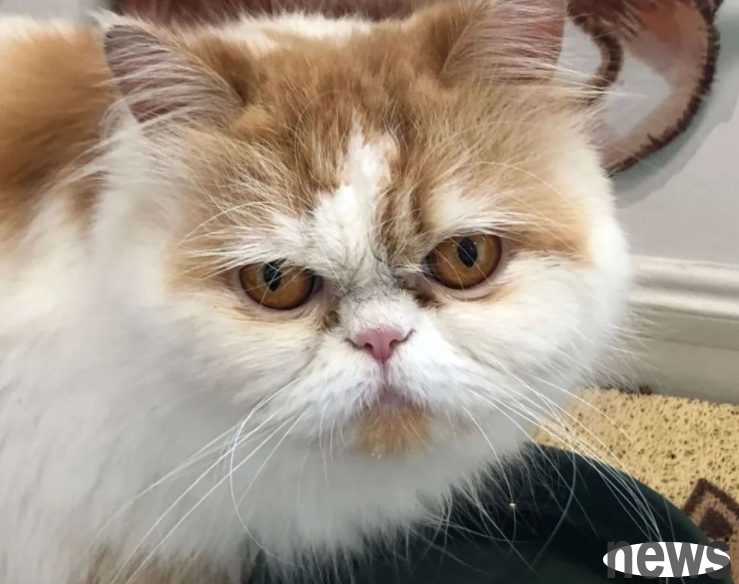The end point of raising a cat has triggered profound thoughts, so what will happen to chronic cat harm? This is a heartbreaking topic, but facing it is crucial to raising awareness of pet care and promoting animal welfare.

1. The manifestation of chronic cat harming behaviors
Chronic cat harming behaviors may manifest in many forms, including but not limited to neglecting basic care needs (such as food, clean water, appropriate shelter), lack of necessary medical care, emotional neglect, and physical abuse or rough treatment. These behaviors may be intentional or due to the cat owner's ignorance or negligence.
2. The reasons behind this
The causes of chronic cat harm behaviors vary, including but not limited to the lack of understanding of cat needs, the disregard for animal welfare, personal psychological or emotional problems, economic difficulties, and even the influence of cultural and social factors. In many cases, these behaviors are not from malicious intentions, but from lack of education and awareness.
3. Impact on cats
Chronic cat harm behavior has a serious impact on the physical and mental health of cats. Physical injuries or illnesses can cause cats to experience prolonged pain or even premature death. Emotional neglect can cause anxiety, depression, and behavioral problems, which can seriously reduce their quality of life. Cats who are constantly abused can develop a deep distrust of people, which affects their relationship with humans and makes it difficult for them to be adopted or adapt to a new family.
4. Impact on the owner
Although when discussing chronic cat harm, we usually focus on the impact on the animal itself, this behavior also has a negative impact on the owner itself. Psychological research shows that animal cruelty is associated with human mental health problems, including emotional disorders and violent behavior. In addition, individuals identified by society as malicious animals may face legal consequences, social exclusion and guilt, which will further affect the individual's mental health.

V. Prevention and resolution measures
To solve chronic cat harm, it is necessary to improve the public's awareness of animal welfare. Through educational and advocacy activities, people can learn about the basic needs of cats and how to take care of them responsibly. In addition, providing resources for animal care and behavior management, establishing animal protection laws and institutions, and providing mental health and economic support services are important steps.
For harmful behaviors that have occurred, affected cats should be restored through appropriate medical care, rehabilitation services and finding new loving families. At the same time, providing education, consultation and necessary legal intervention is also the key to solving the problem for the perpetrator.
Chronic cat harm behavior is a complex social issue, which involves many aspects such as animal welfare, public education and social systems. Through collective efforts, we can reduce the occurrence of this behavior, protect the welfare of cats, and promote the overall health and harmony of society. Caring for animals is not only a respect for them, but also a symbol of our progress as a human society. Let us work together to create a more friendly and loving world for all lives.